Table Takes Center Stage: Mesa by Alfredo Haeberli for Schiffini
Italian kitchen company Schiffini collaborated with designer Alfredo Haeberli to create Mesa (meaning table), a kitchen dominated by “a large convivial table.” The idea is to encourage socializing. Mesa readily admits what we all know—that the kitchen is the center of the home, the locus of the party.
Mesa kitchen collection. Designed by Alfredo Haeberli. Manufactured by Schiffini.
Kitchen Trio: Large Table, Unusual Island, and Sleek Cabinets
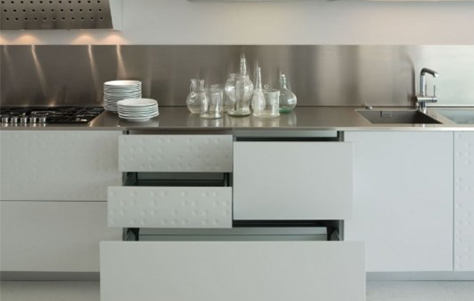
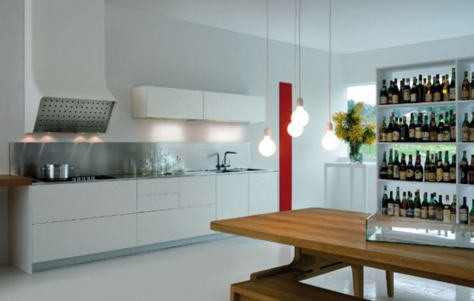
Mesa also includes two other important components: “a multifunctional island for contemporary use and a column of modular elements for storing food and for built-in household appliances.” The trio of elements makes Mesa “many-faceted and functional.” Long gone are the kitchens of yesteryear that rely on consistency and sameness, kitchens which get tucked away in separate rooms. Mesa admits that the kitchen is the heart of the home and welcomes guests to the table.
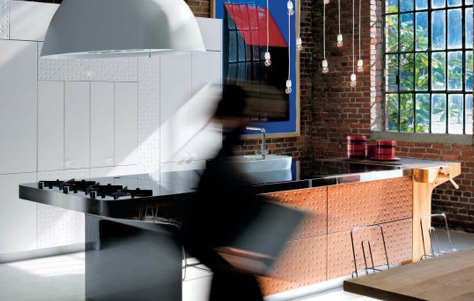
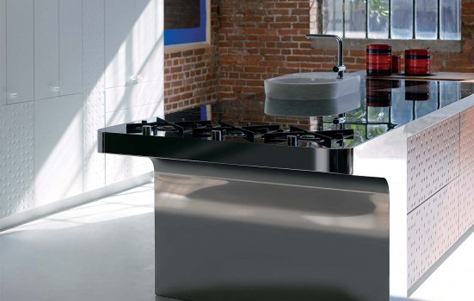
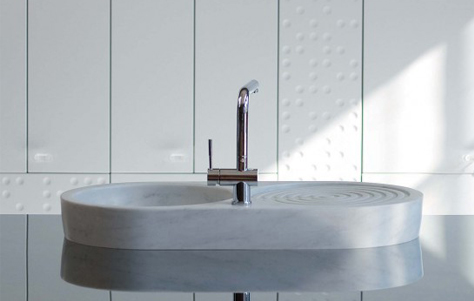
Haeberli mixed materials in Mesa in order to “produce the warmth, the feeling of welcome and the pleasant ‘untidiness’ of a lived-in kitchen.” The smooth wood table with built-in bench invites visitors to sit and socialize (what, in Spanish, is called sobremesa and, in English, has no eloquent translation save for “to sit around the table after a meal”). This piece contrasts nicely with the gleaming, shiny cabinets housing appliances and supplies. The island works in conjunction with the table and cabinetry, using a combination of thick wood, sleek surfaces, and unusual tiles featuring a “succession of small, round depressions.” The entire look of Mesa is one that highlights texture and fusion.
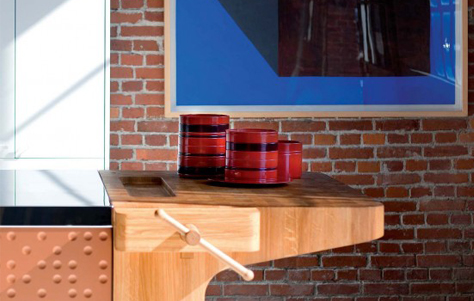
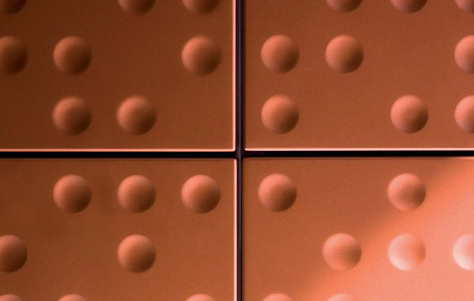
About the Manufacturer: Schiffini designs and produces designer kitchen collections. The Italian company began specializing in kitchens in the 1940s, eventually becoming one of the first to offer modular components. In the 1960s, Schiffini was “sensitive to the first stirrings of industrial design.” Known for their research and development, Schiffini distinguishes itself by producing concept design “as a conscious decision to not follow passing trends and styles.”
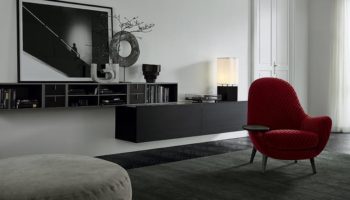

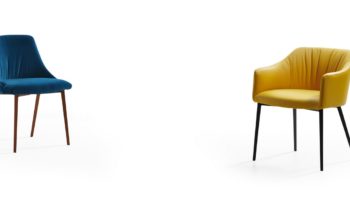

Leave a Reply